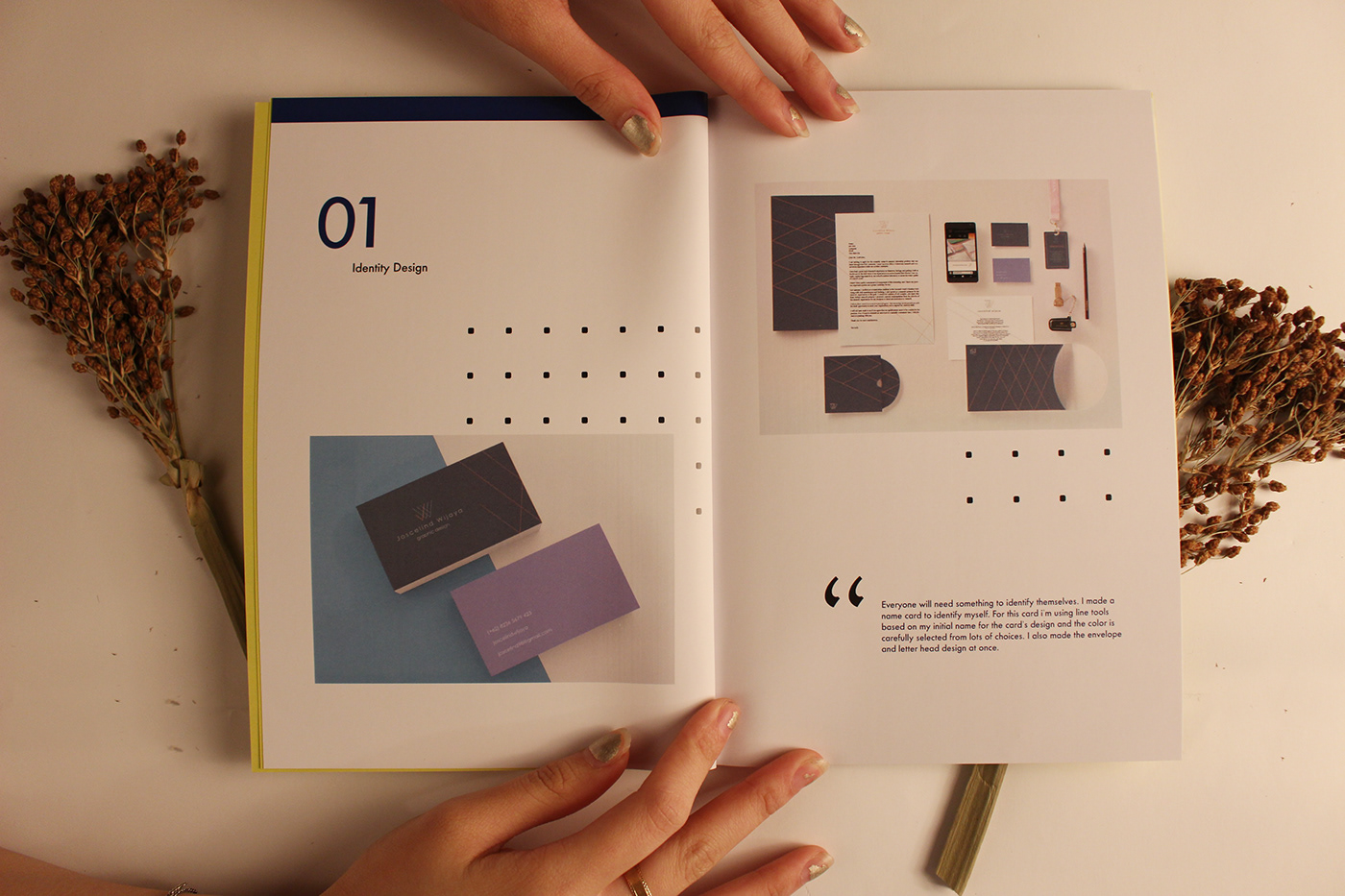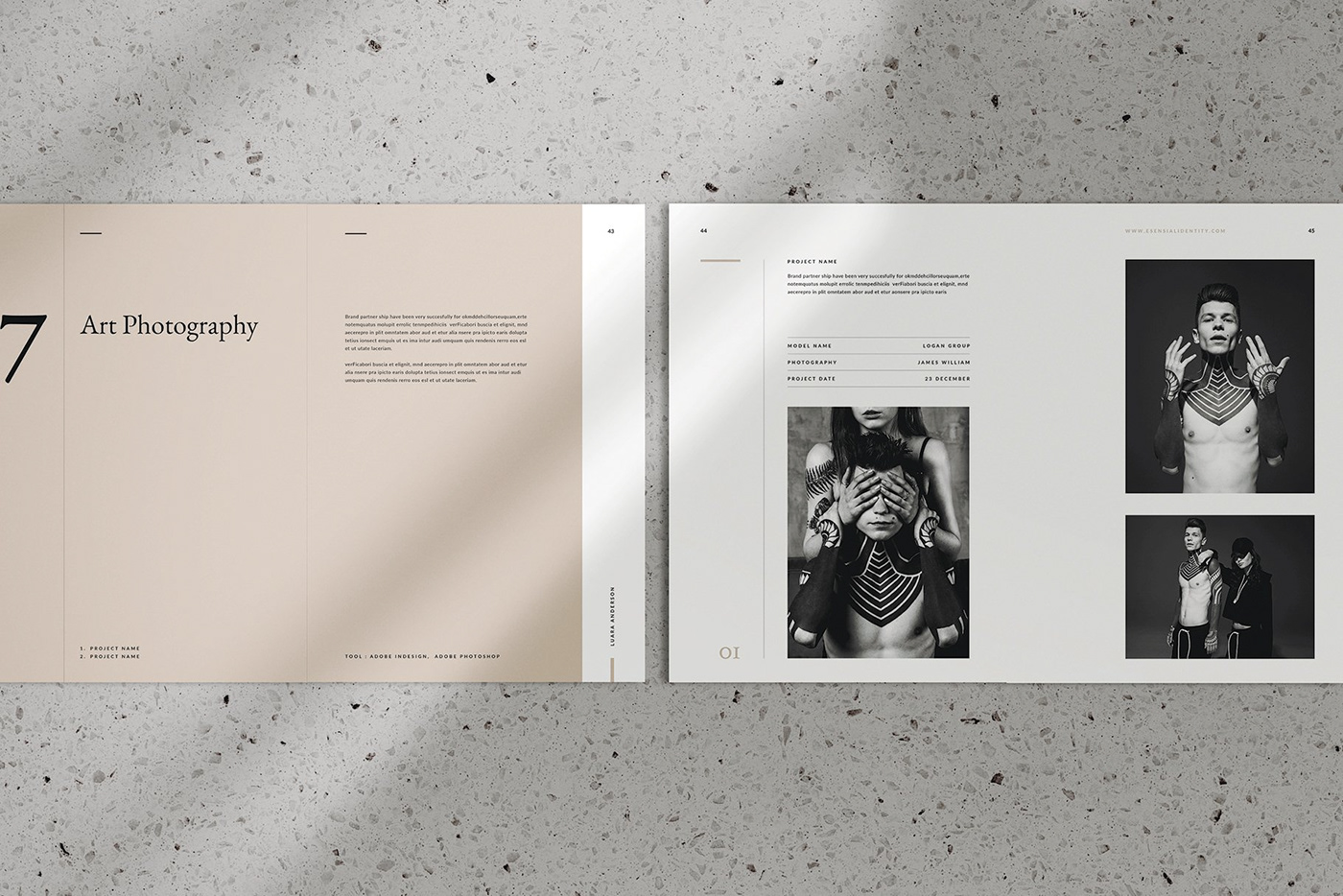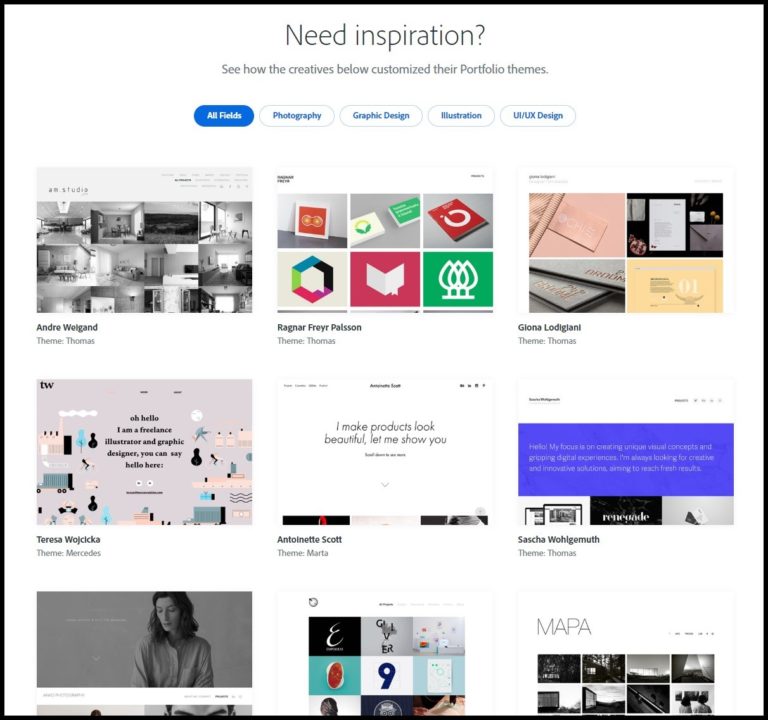Building a portfolio is essential for any creative professional, and Behance is a fantastic platform to showcase your work. Whether you're a graphic designer, photographer, or an illustrator, learning to navigate Behance can open doors to opportunities you never imagined. In this guide, we'll walk you through the essential steps to create a stunning portfolio, ensuring your hard work gets the attention it deserves.
Understanding Behance and Its Importance

Behance is more than just a portfolio site; it's a vibrant online community where creatives from around the globe display their portfolio pieces, share insights, and connect with like-minded individuals. Here are several key reasons why building your portfolio on Behance can be a game changer:
- Global Reach: With millions of users and visitors each month, having a portfolio on Behance gives you exposure to a worldwide audience. You never know who might stumble upon your work!
- Networking Opportunities: Behance is not just about showcasing your work; it's also a space to build connections with other creatives. Engaging with peers can lead to collaborations, freelance gigs, and even full-time job offers.
- Project Showcase: Behance allows you to create detailed project layouts. This means you can display your work in context, explaining your process and the story behind each piece. This adds depth to your portfolio that static images alone cannot convey.
- Discoverability: With robust search features and categorization, it's easier for potential employers or clients to find your work based on specific skills or styles.
- Feedback and Community Support: Receiving constructive feedback from fellow creatives can help you grow your skills. Behance encourages a culture of sharing and learning, which is invaluable for personal and professional development.
In short, creating a portfolio on Behance is not just about displaying your work; it’s about becoming part of a thriving community that can propel your career forward.
Also Read This: How to Acquire Getty Images for Your Website, Blog, or Marketing
Creating Your Behance Account

Alright, let’s get started with the first step: creating your Behance account! It's super straightforward, and you'll be showcasing your work in no time. Here’s how you can set it up:
- Visit the Behance Website: Head over to www.behance.net.
- Sign Up: Click on the “Sign Up” button. You can register using your Adobe ID or even your Facebook or Google account. Pick whichever option feels the most comfortable for you.
- Complete Your Profile: Once you have your account, you’ll want to fill out your profile. This is your chance to tell people who you are! Add a profile picture, a cover photo, and a brief bio. Don’t forget to highlight your skills and interests—this helps potential viewers understand what you’re about.
- Include Contact Information: Make it easy for others to reach you. Add your email or links to your personal website and social media accounts. This way, potential clients or collaborators can connect with you easily.
- Explore the Platform: Before you start uploading projects, take some time to navigate around Behance. Look at other portfolios to get an idea of what you like and what you could do similarly.
And just like that, you’re one step closer to showcasing your creative work on Behance! Remember, a polished account not only attracts viewers but can open doors to exciting opportunities in your creative career.
Also Read This: Using Text-to-Speech on YouTube Can You Monetize Such Videos
Choosing the Right Projects to Showcase

Now that your account is all set up, let's dive into one of the most crucial aspects: choosing the right projects to showcase. You want to present your best self, so here’s how to do it:
First off, consider the following factors to help guide your project selection:
- Quality over Quantity: It’s much better to have a few stellar projects than a long list of mediocre ones. Pick work that truly represents your skills and passion.
- Diversity of Skills: Showcase a variety of mediums or styles. This not only highlights your versatility but also appeals to a wider audience.
- Relevance to Your Goals: Think about the kind of work you want to attract. For example, if you’re aiming for a job in branding, make sure to include your best branding projects.
- Feedback and Improvement: Is there a project that consistently receives positive feedback? That’s a strong indicator that it should be included!
- Personal Projects: Don’t shy away from including projects you’ve done on your own time. These often show your passion and creativity beyond commercial work.
To streamline your showcase further, consider creating a table that breaks down your projects based on:
| Project Title | Type | Date Completed | Skills Used |
|---|---|---|---|
| Project 1 | Graphic Design | January 2023 | Photoshop, Illustrator |
| Project 2 | Photography | March 2023 | Lightroom, Canon |
| Project 3 | Web Design | May 2023 | Sketch, HTML |
By thoughtfully selecting and organizing your projects, you’ll create a captivating portfolio that reflects your unique perspective as a creative individual. Remember, this space is yours, so make it as personal and engaging as possible!
Also Read This: How to Enlarge Purchased Adobe Stock Image
Designing Your Portfolio
When it comes to designing your portfolio on Behance, the aesthetic appeal and organization of your work are paramount. After all, first impressions count, especially in the creative world where visual storytelling reigns supreme. Here are some essential tips to consider:
- Choose a Clean Layout: Opt for a simple and clean layout that lets your work shine. Avoid clutter by sticking to a cohesive visual theme and color palette.
- High-Quality Images: Always use high-resolution images of your projects. Poor quality visuals can turn viewers away. Make them pop by ensuring they are well-lit and neatly cropped.
- Consistent Typography: Use a set of fonts that complement each other without overwhelming your audience. Limiting your typography choices helps maintain a cohesive look across your portfolio.
- Section Your Work: Create sections for different types of projects. For instance, you can categorize them based on mediums, themes, or styles. This organization makes it easier for potential clients or employers to navigate your portfolio.
Remember, your portfolio is a reflection of you as a designer or creative. Put thought into your work presentation, and don’t be afraid to add personal touches that showcase your unique style!
Also Read This: Sending High-Quality Images from iPhone to Android
Writing Compelling Project Descriptions
Once you've designed the visual layout of your portfolio, the next step is to focus on writing compelling project descriptions. This aspect of your portfolio can significantly enhance your audience's understanding and appreciation of your work. Here are some tips:
- Start with a Hook: Begin with an engaging first sentence that piques interest. You want readers to be drawn in immediately.
- Describe Your Process: Share insights into your creative process. Discuss challenges you faced, how you approached each project, and the tools you used. This not only showcases your skills but also gives depth to your work.
- Highlight the Outcome: Briefly mention the results of your project. Did it fulfill a client’s objective? Was it displayed in an exhibition? Highlighting outcomes adds value to your work.
- Keep it Concise: While it's essential to provide detail, ensure your descriptions are concise. Aim for clarity and brevity to keep the audience's attention.
Ultimately, a great project description not only informs but also tells a story. Let your passion for your work shine through and connect with your readers on a personal level!
Also Read This: How to Create a Great Behance Portfolio
7. Optimizing Your Portfolio for Visibility
When it comes to showcasing your work on Behance, visibility is key! You want as many people as possible to see and appreciate your creative endeavors. Here’s how to optimize your portfolio for maximum exposure:
- Title and Tags: Choose a descriptive and catchy title for your projects. Use relevant tags to help users find your work easily. Think about keywords that reflect your style, medium, and any specific themes.
- High-Quality Images: Always upload high-resolution images that reflect the quality of your work. Blurry or low-quality pictures can hurt your chances of being noticed.
- Thumbnail Selection: The thumbnail is the first thing viewers see. Select an eye-catching thumbnail that entices people to click on your project.
- Project Descriptions: Write clear and engaging descriptions for each project. Share your inspiration, process, and any interesting anecdotes related to the project. Keep it concise but informative!
- Regular Updates: Keep your portfolio fresh by regularly uploading new projects or updating existing ones. This shows that you are active and evolving as an artist.
- Social Media Sharing: Share your Behance portfolio on other social media platforms. The more eyes on your work, the better!
- Engage with Trends: Keep an eye on trending projects and themes within the Behance community. Creating work that reflects these trends can boost your visibility significantly.
By implementing these optimization techniques, you’ll not only attract more views but also potentially garner feedback and collaborations. It's all about getting your work seen!
Also Read This: Enjoy On-the-go Entertainment With This Bilibili Download Videos Tool
8. Engaging with the Behance Community
Behance isn’t just a platform to showcase your projects—it’s also a thriving community of creatives. Engaging with fellow Behance users can elevate your profile and introduce you to wonderful collaborations. Here’s how to effectively engage:
- Follow Other Creatives: Start following artists whose work you admire. This not only keeps you inspired but can lead to reciprocal follows.
- Comment on Projects: Take the time to leave thoughtful comments on others' work. Genuine engagement can lead to meaningful connections.
- Appreciate Work: Don’t hesitate to give “appreciations” to projects you love. This simple action is a great way to show support and get noticed in return.
- Join Groups: Seek out and join design-related groups on Behance. Participating in discussions and projects within these groups can expand your network.
- Participate in Challenges: Behance often runs creative challenges. Taking part in these not only showcases your skills but also puts you in the spotlight.
- Share Insights: If you have knowledge about a specific technique or trend, consider sharing insights or tips in the community. Being a resource can build your reputation.
Remember, the Behance community thrives on collaboration and mutual appreciation. By engaging genuinely and frequently, you'll not only make meaningful connections but also enhance your professional journey!
Also Read This: How to Open Adobe Stock Images in Photoshop
9. Promoting Your Portfolio on Social Media
Once you've created an impressive portfolio on Behance, it's time to showcase it to the world! Social media is a powerful tool that can significantly amplify your visibility and attract the right audience to your work. Here are some tips to promote your portfolio effectively:
- Choose the Right Platforms: Not every social media platform is suitable for every type of work. For visual artists, platforms like Instagram and Pinterest are great for showcasing your projects. If your work is more professional, consider LinkedIn.
- Engage Your Audience: Don’t just post your work; interact with your followers! Ask for their opinions, respond to their comments, and thank them for their support. This can create a loyal community around your work.
- Use Hashtags Wisely: Incorporating relevant hashtags can help your posts reach a broader audience. Research popular hashtags in your industry and include a mix of general and niche tags to maximize visibility.
- Share Behind-the-Scenes Content: People love to see the process behind the final product. Share sketches, drafts, and even challenges you faced during your projects. This creates a deeper connection with your audience.
- Collaborate with Other Creatives: Teaming up with fellow creatives can give you both more exposure. Consider guest posts, joint projects, or social media takeovers.
- Consistent Posting: Develop a posting schedule to keep your audience engaged. Regular, quality content helps maintain interest over time.
Remember, promoting your portfolio is not just about self-promotion; it’s about engaging with others and building a community around your work. So, go ahead and make your presence felt!
10. Conclusion
Building a portfolio on Behance is a rewarding journey that showcases your creativity and opens doors to new opportunities. By following the steps outlined in this post, you’ll be well on your way to crafting a portfolio that captures attention and highlights your unique skills.
Key takeaways include:
- Developing a Cohesive Theme: Ensure your projects reflect a consistent style or theme that aligns with your brand.
- Quality Over Quantity: It’s better to showcase a few outstanding pieces rather than an overwhelming number of average works.
- Engagement is Crucial: Don’t just put your work out there; interact with other artists and your audience to build meaningful connections.
As you embark on this exciting path, remember that building a portfolio is an ongoing process. Continuously update and refine your work, seek feedback, and, most importantly, keep creating. You never know who might discover your portfolio and be inspired by your creativity!
 admin
admin








